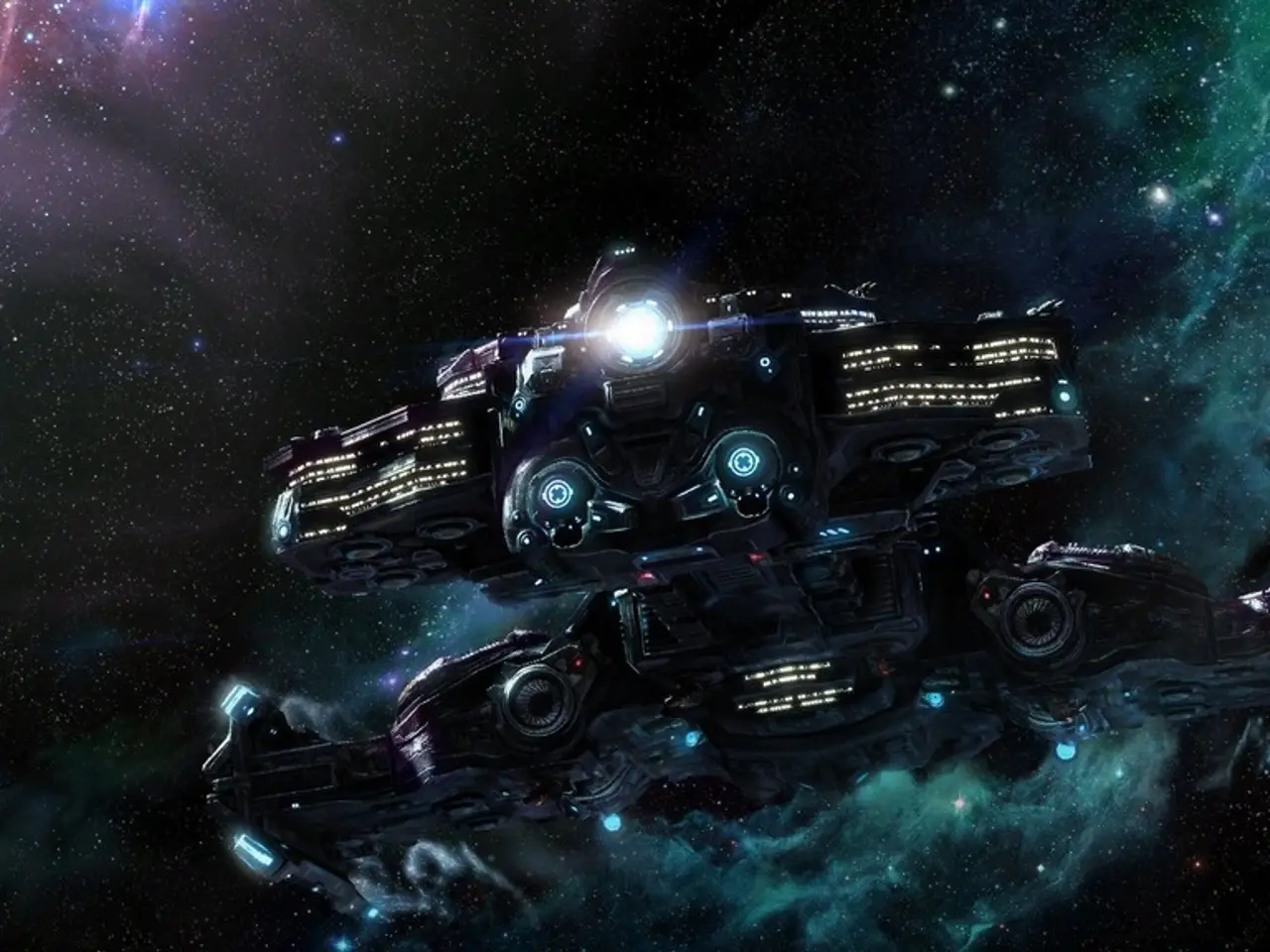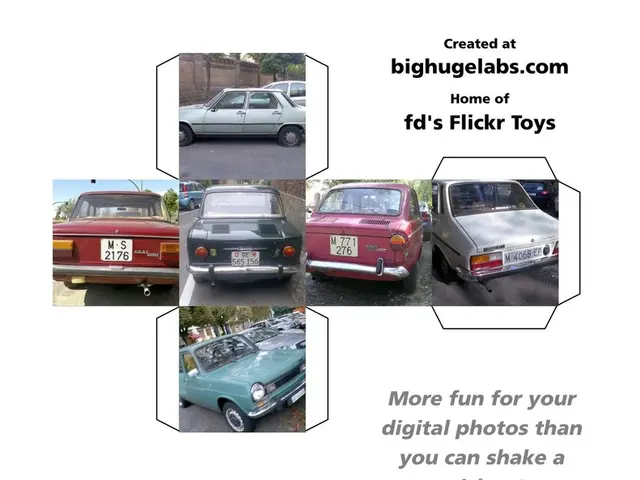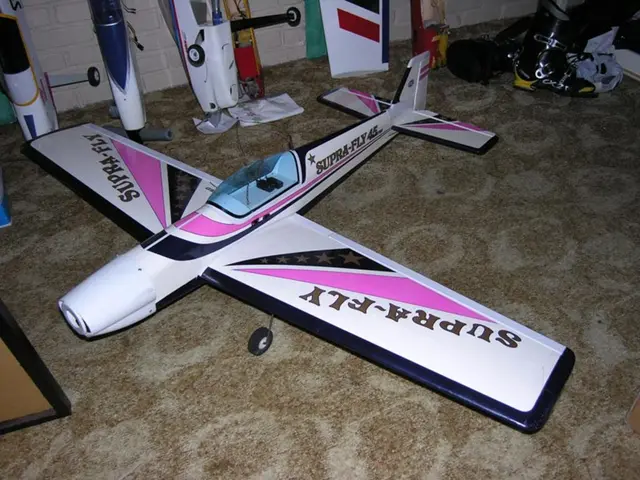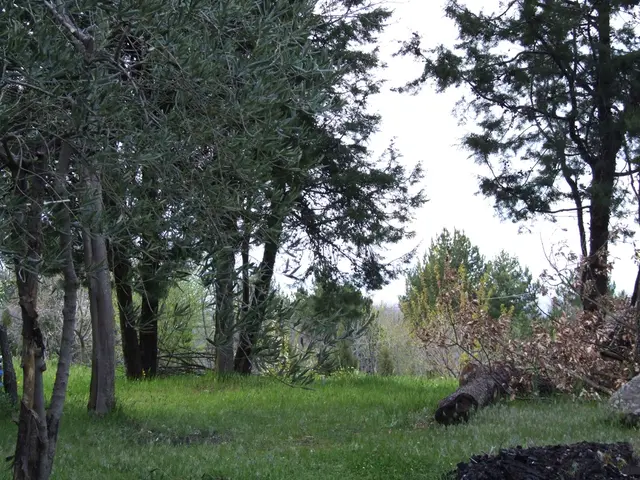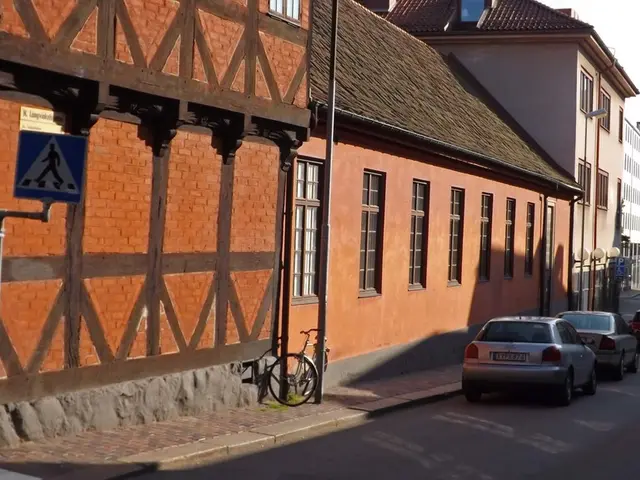ESA & EC Launch European Resilience from Space Program for High-Res Imagery
The European Space Agency (ESA) and European Commission have joined forces to launch a new satellite program, European Resilience from Space (ERS). The program, aiming to provide high-resolution imagery, has been approved by ESA member states.
ERS will consist of a constellation of radar and optical imaging satellites, offering revisit times of about 30 minutes. While the concept has been endorsed by Lionel Suchet of CNES, details about its implementation are still awaited.
The ESA has appointed a project manager for the 'Phase zero' of the program, though the name remains undisclosed. The relationship between ESA and the European Commission, described as 'perfect' and 'extremely strong' by Andrius Kubilius and Josef Aschbacher respectively, has seen successful collaborations in the past, such as the Galileo and Copernicus programs.
The European Commission plans to request funding for a later phase of ERS in its next multiannual financial framework, starting in 2028. Meanwhile, ESA is set to seek about one billion euros ($1.15 billion) for the first phase of ERS in late November. However, some ESA members have expressed concerns about the rush to develop ERS and the lack of a detailed plan.
The European Resilience from Space (ERS) satellite program, a joint venture between ESA and the European Commission, is poised to revolutionize high-resolution imagery. With funding requests pending and a project manager in place, the program's future looks promising, despite some members' concerns about its pace and planning.
Read also:
- Hydrogen set to revolutionize India's space expeditions, transportation sector, and clean energy ambitions, according to ISRO Chairman's claims
- Strategic approach to eco-friendly nickel production for electric vehicles in Europe
- Solar energy company, Imperium, alongside QORAY Mobility & Energies Solar Business, bolsters Nigeria's environmental future by producing superior solar panels domestically and offering flexible payment options.
- AI Inspection Company, Zeitview, Secures $60 Million Funding for Expansion
